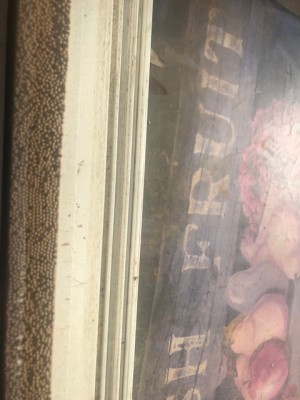
A reader recently sent us this message, “What is this and what is it doing in my room? How can I remove it?” The photo she included shows a brown worm with several notable features. First, it has tiny, thin legs lining its body. It also has two antennae and a pair of cerci, which are the paired appendages on the rear-most segment of many arthropods. We are confident that this is a centipede!
Centipedes are technically not worms, they are arthropods! They are often confused with millipedes, since both are thin with segmented bodies lined with lots of legs. However, there are a few ways to tell the two apart. Millipedes have two pairs of jointed legs per body segment while centipedes just have one pair. Millipedes appear to have rounder bodies, but centipedes appear to have flatter bodies. So, why is this centipede hanging out in our reader’s room?
Well, the truth is, most people’s homes are crawling (pun intended!) with a few centipedes. Since centipedes are generally nocturnal, people usually just never notice them. Centipedes are carnivorous and eat soft-bodied insects, worms, spiders, and even other centipedes. So, this centipede might actually be helping our reader with general pest control in her house!
We understand that even knowing this, she still might be anxious to say goodbye to this arthropod, and there are a few ways she can make her home less hospitable to centipedes. She can seal any cracks or crevices to prevent them and the creatures they eat from sneaking into her home. She can also install a dehumidifier to reduce the moisture level around her house since centipedes prefer a damp environment. She can also sprinkle diatomaceous earth (D.E. for short) around her home, which is a powder made up of the fossilized remains of diatoms that kills arthropods and insects, but is harmless towards pets and people. All of these steps should help eliminate centipedes from her home and prevent them from coming back!
In summary, we believe the worm-like organism our reader found in her room is a centipede. Centipedes are known to bite, so our reader should act with caution when handling this specimen!
All About Worms is always free, always reader-supported. Your tips via CashApp, Venmo, or Paypal are appreciated! Receipts will come from ISIPP Publishing.
You might also find these guys interesting!


















